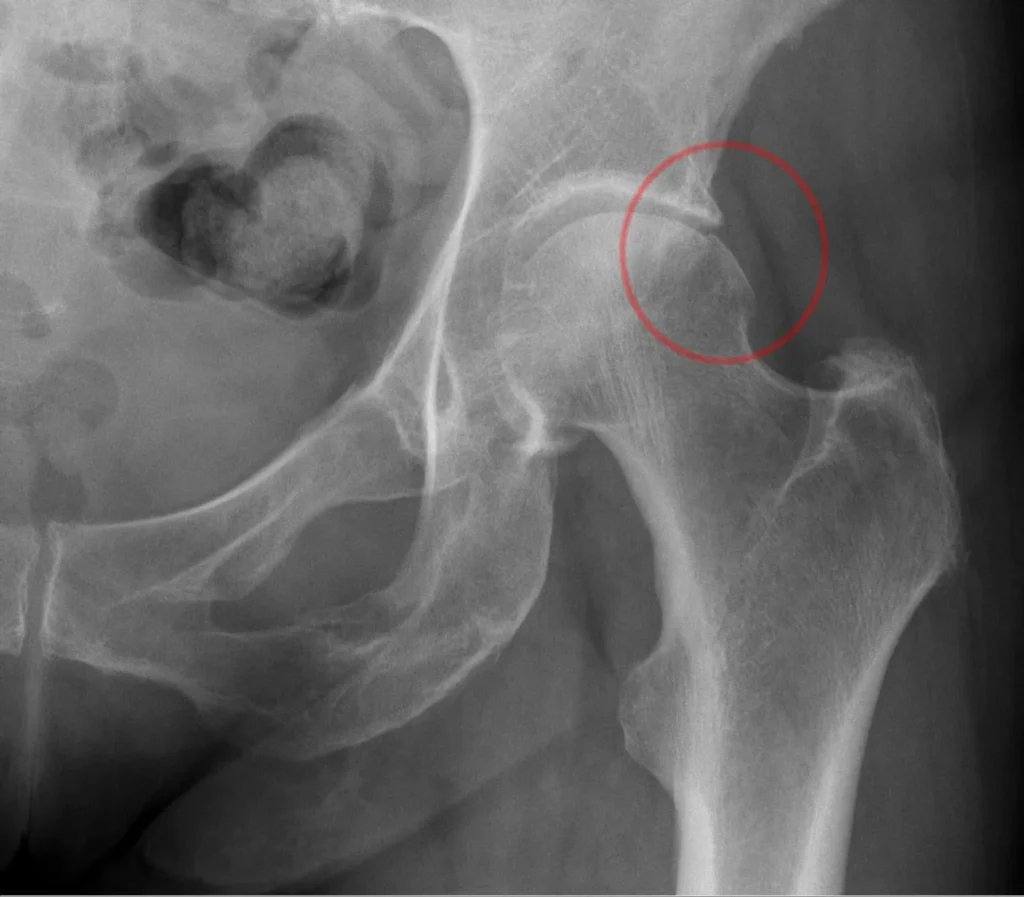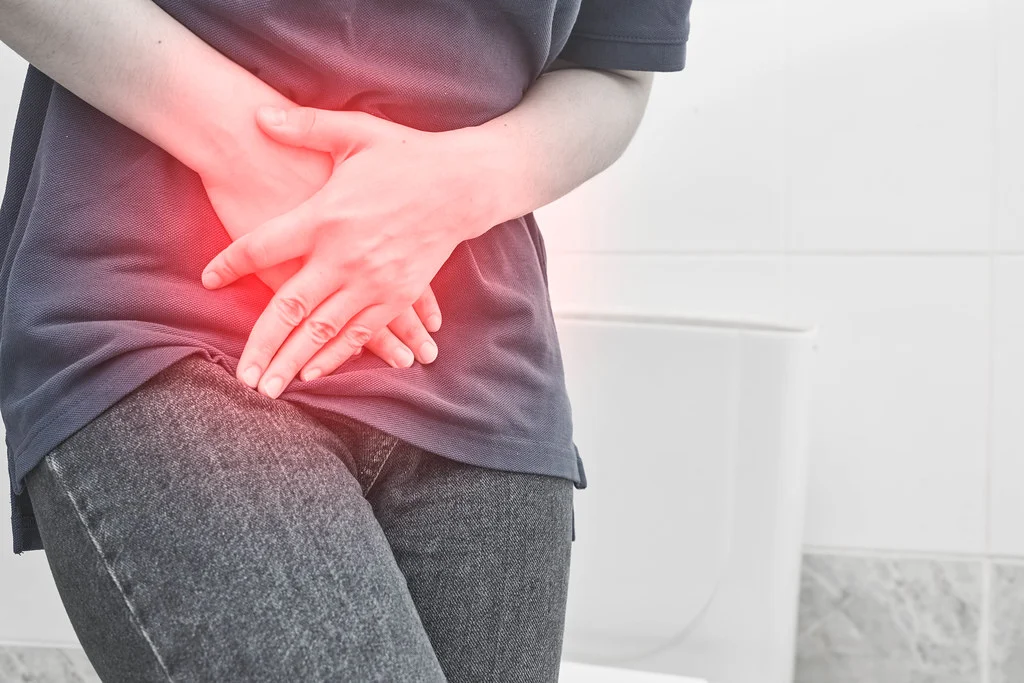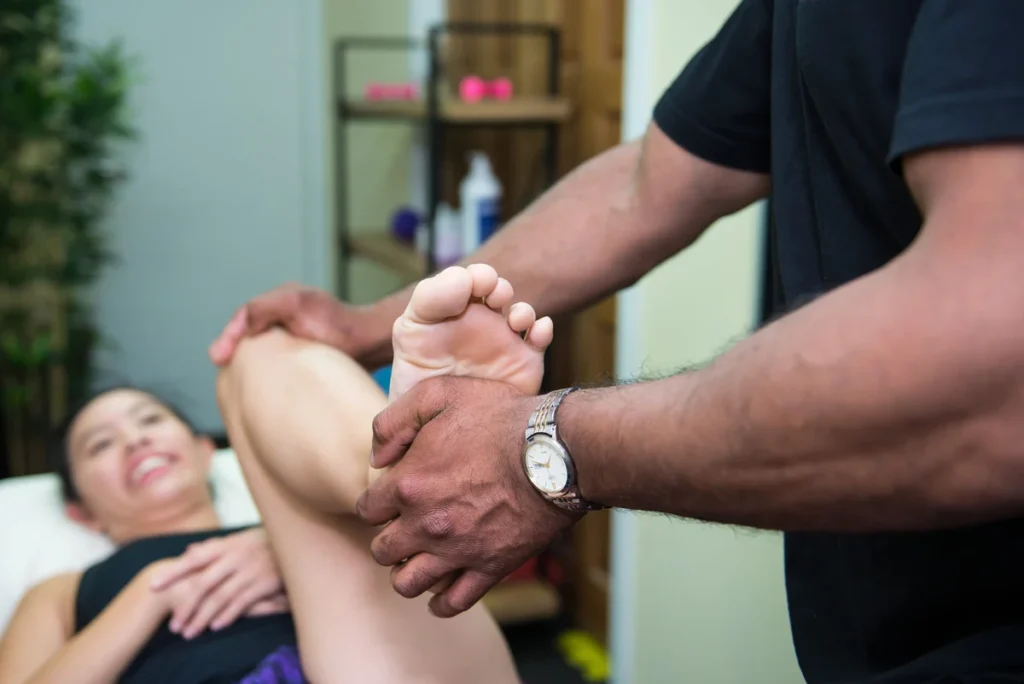

Femoroacetabular impingement (FAI) is one cause of hip pain. As the name suggests, it is
impingement between where the femur (thigh bone) and acetabulum (hip socket) meet. This
impingement occurs due to ‘deformities’ or structural changes to the head of the femur and/or
acetabulum, which may be due to genetics or joint adaptations to high levels of athletic activities,
particularly during adolescence.
FAI symptoms
FAI typically presents as anterior hip/groin pain that usually develops gradually over months or
years. Pain is not always isolated to the hip and can extend into the buttocks, lower back, or thigh. The
main activities that individuals with FAI frequently have trouble with include prolonged sitting as
well as flexion and rotation of the hip. Clicking and pinching may also be present depending on what
hip structural changes are present.
How is FAI diagnosed?
A triad of symptoms, imaging, and signs are required for the diagnosis.

- Symptoms as described above.
- Imaging: positive findings of bony structural changes to the femur and/or acetabulum. Imaging is
usually performed via X-ray. - Signs: common signs such as reduced hip range of motion, reduced muscle strength, pain with
particular ranges of motion, and reduced performance on certain functional tests.
It is important to note structural changes seen on X-ray are very common even in those without FAI
pain. Therefore, diagnosis can only be made if FAI symptoms and signs are also present.
Options for management
Depending on factors such as severity of symptoms, sporting level, personal goals, and age, most
people will go through a period of non-operative/physiotherapy management for 3-6 months before
exploring whether surgical options are necessary or not.
Here are some of the top tips to manage FAI:

- Train the hip muscles – identify and address muscular imbalances/weaknesses around the hip to
increase stability, control, strength, and movement quality. - Core strengthening exercises – research has shown that core strengthening exercises can improve
outcomes through potential mechanisms such as enhancing the effect of hip muscle strengthening
and improving overall stability. - Activity modification – limit pain-provoking end ranges of motion, particularly deep hip flexion and
rotation. - Be patient – it may take a minimum of 3 months to see meaningful results, and return to sport can
take more than 7 months at times.
